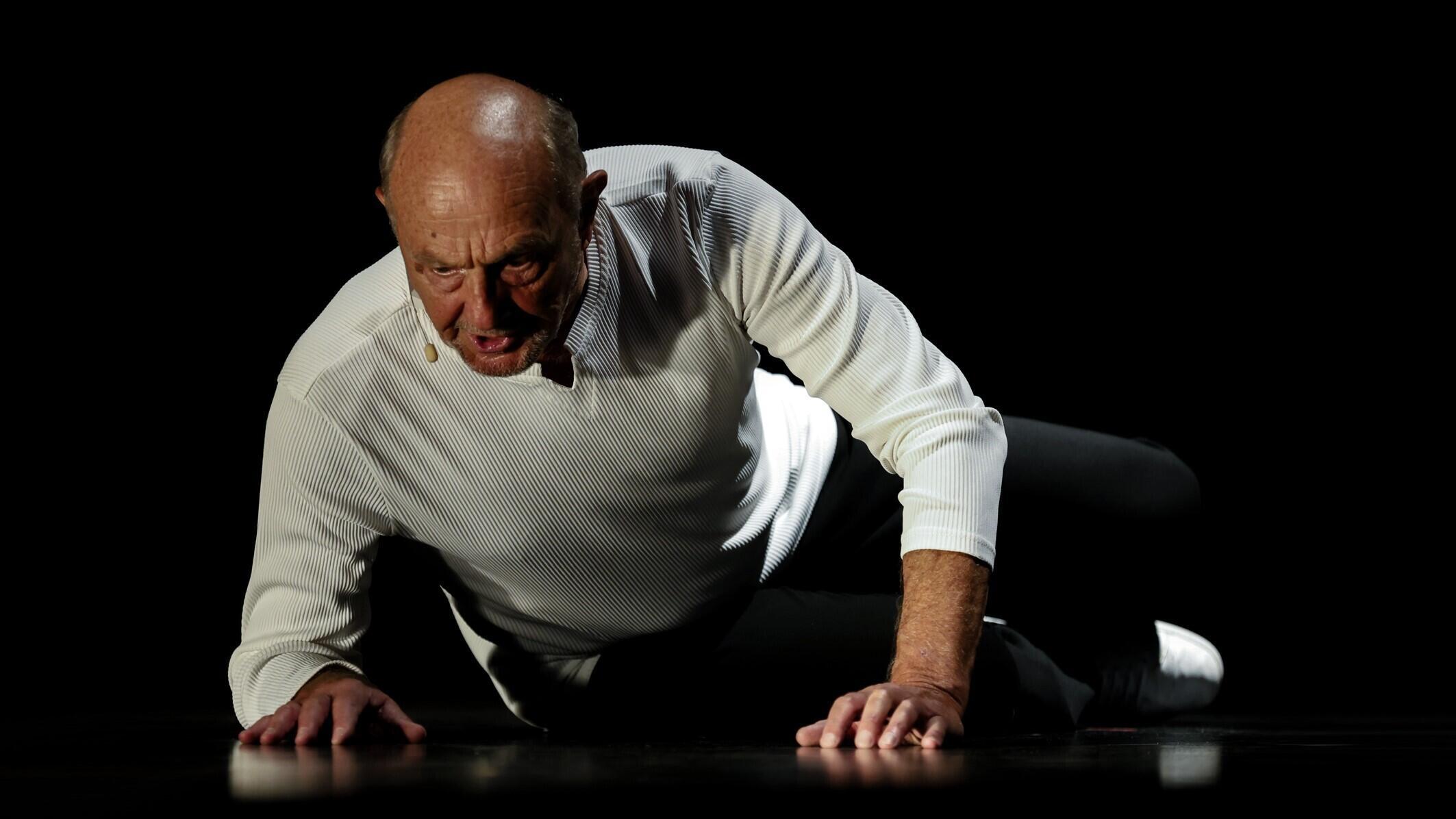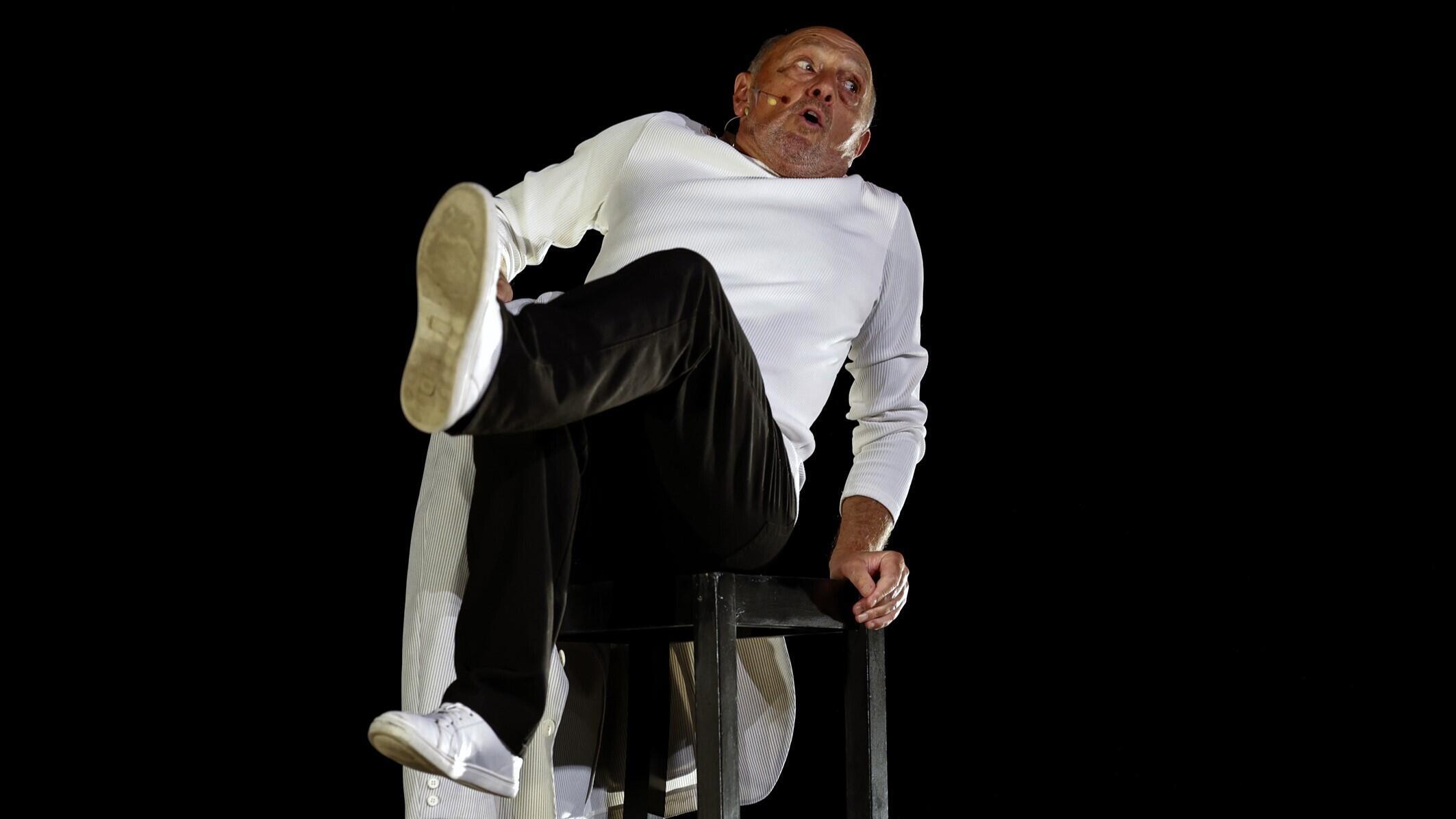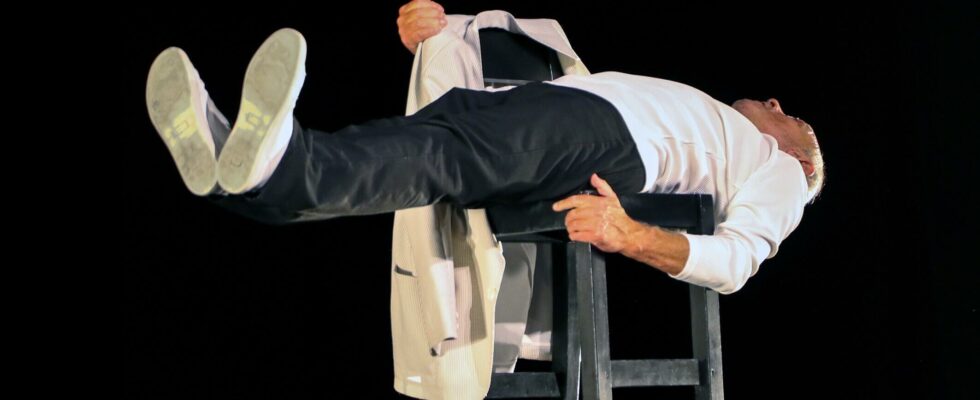For actor and director Yves Marc, the spectator plays a very active role in the theatre. At the Avignon Off Festival, he presents a jubilant show: Public: instructions for use? Or the art of being a spectator. In this piece inhabited by empathy, beauty, the body and movement, nourished by neuroscientific discoveries and countless experiences with his audience, he reveals the spectator to us as a “spect-actor” and a “spect-author”. Interview.
RFI : Audience : manual ? or the art of being a spectator. Being a spectator, why is it an art? ?
Yves Marc : I invite the spectator to put himself in a situation of sharing with the actors, in empathy. It is not just about coming with his everyday body: I do the shopping at the supermarket, I sit down, I watch a show… For me, there is an invitation to a certain commitment. Perhaps that is the notion of art: yes, I commit to being in the sharing of a moment with the scene. I am not simply a receiver. I am an actor in what happens with the scene.
Read alsoAngélica Liddell at the Avignon Festival: sex, wisdom and two funerals
Your show begins in the dark. You listen a lot to your spectators. For you, a spectator is also a spectator-actor, who is in the action. He is also a spectator-author who creates his own story. What is the most important thing you have learned from your spectators? ?
The show is recent. Today was maybe my seventh or eighth performance. So for the moment, I don’t have a lot of experience. But we know if the audience is there, if it is with you, if it is alive or if, on the contrary, the spectators put themselves in a state of judgment or distancing, of not being associated. Every day, it’s different. Each spectator is a little different. This morning, there was great listening, great attention. For me, it’s really a gift. I find my marks as an actor more when I feel that the spectator is associated with me.
As an actor, what have you learned from the spectator-actor? ? An attitude, a way of looking, of sitting, of thinking, of being present ?
This idea of the spectator’s body came about somewhat by chance, in a lull in the pandemic lockdown. Before, I had the opportunity to work with very different bodies. For example, the healthcare staff who said to me: what would the caregiver’s body be? The mediator’s body, the body of this, of that? What fascinates me is to wonder about what is happening deep inside bodies. Whether it is the impacts on breathing, on tone, on the rib cage, on the presence of the gaze, posture… It is really fundamental. And it belongs to everyone: to the spectators, to the actors. When I do actor training, I tell them the same thing.
How can you be present to yourself, associated with your gesture, with your voice? For the spectator, it’s a bit the same. But I also worked on myself. I analyze myself, I scan myself in the show. I stop watching the show and then I say to myself OK, there you are embarked. How are you standing? What is your posture? Your breathing? Are you suspended or completely relaxed, slumped in your seat? I analyzed myself a lot before proposing it to other spectators, experimental groups who shared more or less the same notions as me on empathy.
In the show, several spectator postures parade. Which posture impressed you the most?
I see what relationships the spectators have with their bodies. Most people do not have a very deep knowledge of the body. Sometimes they are afraid of it or I feel that they are a little reluctant. They want to do a little, but they are not going to commit themselves much. Then others, on the contrary, are free and, hop, they blossom when I suggest practices to them. It is a great joy to see that they feel things. Afterwards, sometimes, they come to see me and tell me, after the third practice in the show, I was not in the same state, I was really present.

As an actor and director, you have traveled to more than 60 countries. In the show, you also talk about the spectators in Africa. Could you give us an example of an African country where the spectators react differently?
It’s very different between the Maghreb zone, the Sahel or the rather tropical zone. In my tours, I always found people from the tropical zone more expansive. When I talk about these spectators who throw their hats in the air during the show, it was in Lomé, Togo. I was a spectator with them and I watched a show that was very entertaining, very funny. The spectators were happy, they shouted, threw their hats. It was very impressive for me, because in Western theaters, you sit and a priori you don’t move too much.
Read alsoAvignon Festival reacts to crises and wars
The Covid-19 epidemic has changed people’s relationship with the theater, but this year in Avignon, everyone is talking more about the rise of the far right. With this rise of the far right, have you observed changes in the behavior or expectations of theater spectators?
I wouldn’t know how to analyse it like that. In artistic circles, it generates a lot of anger and fear, because we know very well that the point of view that the extreme right can have on the body, on creation, on voices, on texts, on authors, can be terrible. There will be a state of stupor by conservatism. So that, yes, we can feel. I can’t say that there, this morning, the day after the elections, the public was different. I think it’s deeper, it takes time.

► Public: instructions for use? Or the art of being a spectatorperformed and directed by Yves Marc. Until July 21 at the Théâtre Transversal on the occasion of the Avignon Off Festival. On July 4, a round table will take place The art of the spectator, at the Jean Vilar House.
